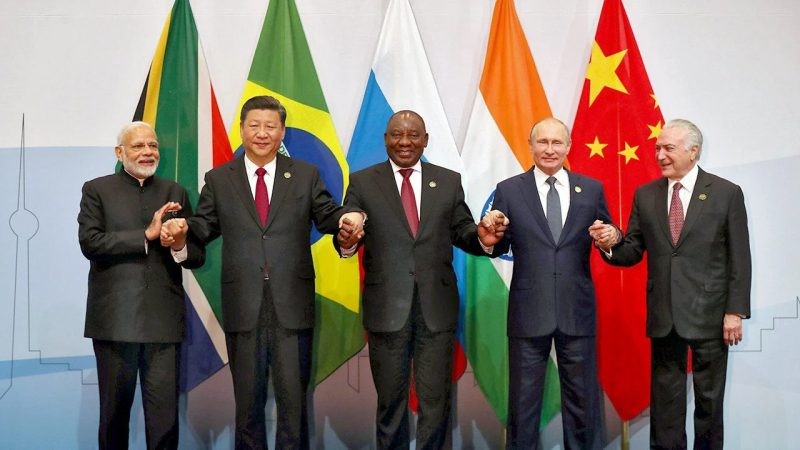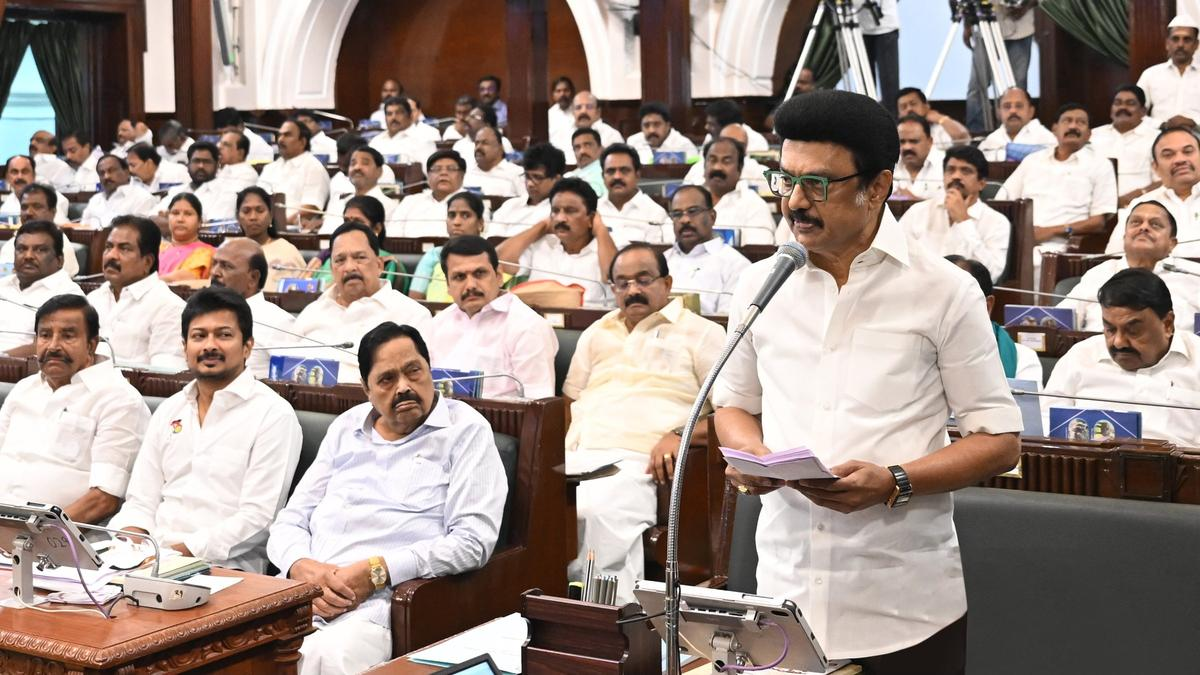





Disclaimer: Copyright infringement not intended.
Context
About BRICS Pay
Aim
Objective
Purpose
Implementation
Significance
|
Dedollarisation Dedollarisation refers to countries reducing reliance on the U.S. dollar as a reserve currency, medium of exchange, or unit of account. The U.S. dollar began to displace the pound sterling as an international reserve currency from the 1920s. After the U.S. emerged as an even stronger superpower during the Second World War, the Bretton Woods Agreement of 1944 established the post-war international monetary system. In this, the U.S. dollar ascended to become the world's primary reserve currency for international trade. De-dollarization could be viewed as a backlash against the hegemony of the U.S. currency. The U.S. has used the dominance of the dollar as a tool to promote and enforce its economic interests around the world, causing other countries to look for ways to step around the currency. |
Read about the Benefits of the BRICS Expansion plan and launching of BRICS currency: https://www.iasgyan.in/daily-current-affairs/brics-startup-forum









© 2025 iasgyan. All right reserved